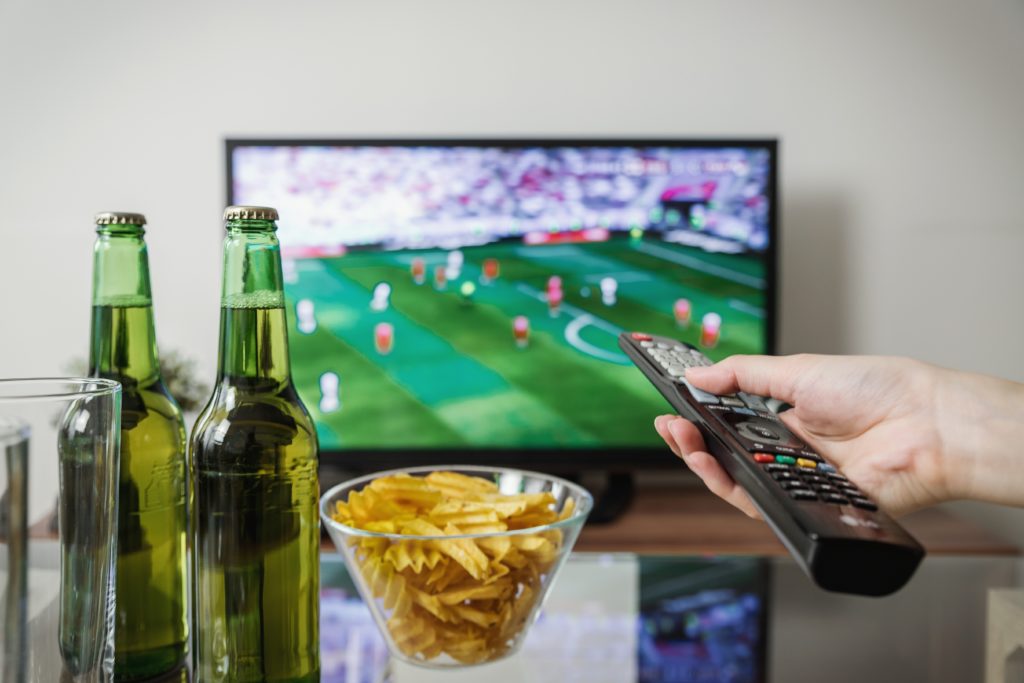What is OLED and how is it different from LED?
Posted by Richard Clarke on 4th Jul 2012
Here at Wholesale LED Lights, we sell LED lights, unsurprisingly. However, you might have heard of LED and OLED technology, and wish to know the difference. Here’s an explanation of the two, and why they’re different.
What is OLED?
OLED is a technology that is used in some high-end televisions, and is beginning to be used in some expensive lighting products. It stands for Organic Light-Emitting Diode, as there are organic carbon-based molecules in the light-emitting layer. This is different to LEDs, because they use an inorganic semiconductor.
In just one pixel of an OLED television, the organic layer fits in between an anode and a cathode – the two conductors. Normally, at least of one of these conductors are transparent. When there’s a current of electricity, the organic layer generates light.
Whilst LCD/LED TV technology has almost completely replaced older LCD and plasma screen televisions, OLED technology is still a bit too expensive to fully replace LCD/LED hybrid televisions. However, with the higher-end TVs coming down in price more and more, OLED technology is quickly becoming the norm.
LED TV vs. OLED TV
An LED TV is a much thicker than an OLED television, because they require a backlight inside. An OLED screen provides its own light, and can be made much thinner. That is, of course, not the only benefit.
OLED screens offer much greater image quality and viewing angle, largely due to their ability to ‘switch off’ individual pixels. When an LED screen needs to display a dark image, the entire backlight behind it dims, but not completely, meaning that blacks don’t look as dark, and whites don’t look as bright. This relative lack of contrast can mean that dark scenes aren’t as full of detail as they should be, and dark elements of light scenes are much lighter than they should be.
OLED screens don’t have this issue, because each individual pixel can be switched off, meaning a massive control over contrast ratios. Whilst some LED TVs now come with localised dimming of the backlight, the excess light from other areas can still leak into the areas that you hope to be darker. The switching on and off of certain pixels shouldn’t matter, as it happens very quickly. In fact, an OLED’s refresh rate is around 1,000 times faster than an LED, reducing motion blur massively.
OLED Lighting
OLED panels can be made flexible, thanks to their small size. This means that OLED screens could be installed in new places, such as wrapped around a pillar. You could also potentially roll them up, for greater transportation. As they don’t require a backlight, they tend to use even less energy than LCD screens.
However, OLED technology is currently only really suitable for high-end televisions. It’s still a very expensive technology, so applying it to any smaller appliances such as lighting just wouldn’t be efficient. However, newer manufacturing methods are being developed all the time, and prices of OLED televisions just keep falling.
Another issue with OLED technology is that it’s just not as bright as LEDs are at this time. An extremely flexible lighting product is only particularly helpful when it’s emitting a decent level of light. OLED technology is definitely on its way, with numerous advantages over LED technology, but it’s not quite there yet.
When OLED is ready, we will be, too.
If you have any questions on LED technology or anything on our website, get in touch. Call us on 0116 321 4120, email us at cs@wled.co.uk, or visit us on Facebook, Twitter, or Instagram.








